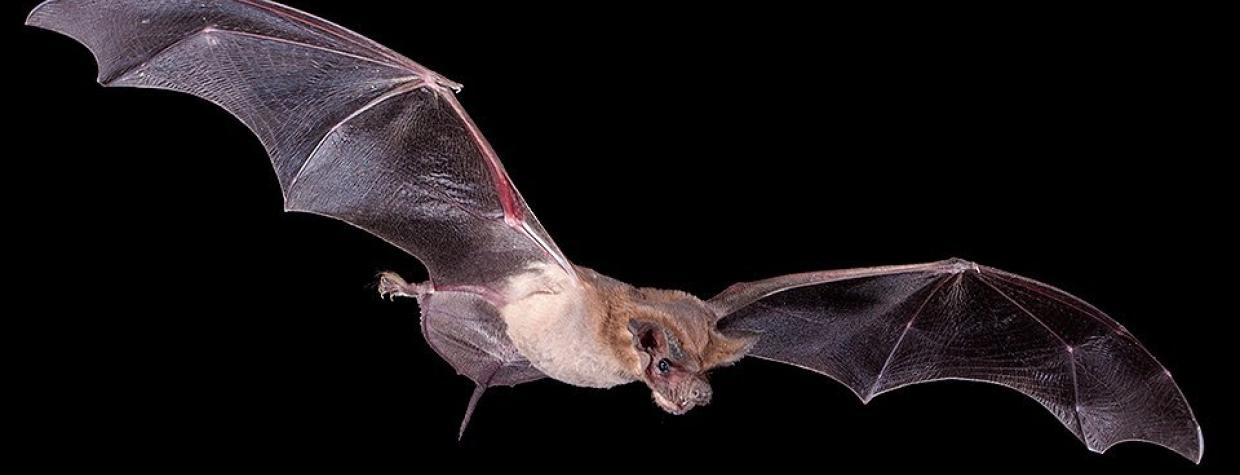Every week, a colony of Mexican free-tailed bats (Tadarida brasiliensis) can eat hundreds of tons of insects, particularly moths — some of which prey on cotton crops. The bats typically roost in caves and attics, under bridges or in abandoned buildings or mines. And they often roost near water, which attracts the insects they eat.
Mexican free-tailed bats are the smallest free-tailed bats, with bodies between 2 and 2.5 inches long and wingspans of about a foot. They’re also among the fastest, moving at up to 65 miles per hour and feeding in flight, sometimes in areas 50 miles away from their roost. As most bats do, Mexican free-tailed bats navigate through echolocation, emitting clicks at a high frequency and moving according to how those sounds bounce back.
The bats can be found throughout Arizona until October, when most of them travel south to Mexico and Central America. However, some will stay in Arizona in the winter, particularly in the southern and western parts of the state. Those that leave return to Arizona in the spring, coinciding with the mating season in February and March.
Female Mexican free-tailed bats bear only one baby each summer, in June or July. The females and their babies will roost in maternity colonies, separate from the males, and the babies will stay in the highest areas of the roost, where it’s warmest. By about a month old, the babies can fly and find food.

